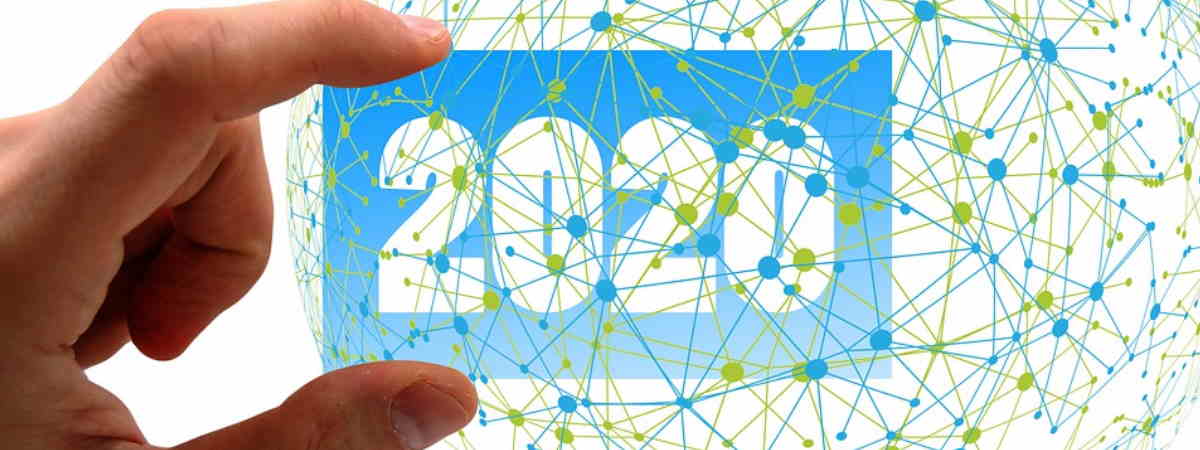Network World shares key trends to define data centers in 2020

As the year is wrapping up, press gets busy with making forecasts for the coming year. Network World, for example, has published its vision for what awaits data centers in the near future. Let’s take a peek into some of the expected trends.
1. Growth of local data centers, driven by IoT
The Internet of Things is generating a huge amount of information and is one of the reasons for data-center growth. For quite a while, data centers were placed near large cities due to their demand for high-quality power energy sources and infrastructure. However, as businesses seek almost instant access to data and computing power to serve their clients, the emphasis is unstoppably shifting towards edge computing, which means that the need for local data centers is also going to increase significantly.
2. Increasing use of network accelerators
Big Data and AI generate huge amounts of data “scattered” all over different places. Up to now, CPUs have been used to power network traffic controllers, which somewhat excluded them from their main task of processing data. Currently, more and more network accelerators like Mellanox ConnectX appear on the market, taking control of the flow of large amounts of data and allowing CPUs to get back to their primary duties.
3. Increasing use of NVMe over fabrics
Non-volatile memory express (NVMe) is an interface designed for SSDs that has a number of important advantages over serial advanced technology attachment (SATA). Thus, it offers a significantly lower latency and a higher degree of parallelism when processing requests.
Before, SSDs could only interact with the physical server in which they were installed, which inevitably lead to latency and network hops. NVMe over fabrics (NVMeoF) came as an important advancement, allowing SSDs located in different servers to directly communicate over the network and, therefore, improving the flow of data.
4. Cheaper storage-class memory
Storage-class memory (SCM) is a type of memory that can function both as an SSD and a DRAM, performing at a speed close to conventional DRAM and having SSD-like storage capabilities. A typical example of SCM is the Intel Optane DCPMM. Intel, Micron, and Korean SK Hynix are now independently working to advance the technology, which should eventually help to make this type of memory product more affordable. At the moment, a 512GB Optane stick costs more than $8,000.
5. AI automation on leading brands’ servers
All major server vendors are adding AI to their systems to spare administrators’ time on routine tasks. Right now Oracle’s own developments in the automation space - from the hardware to OS and application stack - occupy the leading positions. HPE, Dell, and Lenovo are successfully working on their solutions as well. However, vendors who only deal with hardware, such as Supermicro and Inspur, are lagging behind. In 2020, other brand name-vendors are expected to enter the scene with their own automation developments.
6. Pause on cloud migration
Not so long ago, many enterprises planned to close their data centers and completely switch to the cloud. However, IDC’s recent CloudPulse survey shows that 85% of businesses are planning to transfer their workload from public services to private ones over the course of 2020. A similar survey conducted by Nutanix revealed that 73% of respondents are moving some applications back from the public cloud to their data centers for security reasons.
7. Addressing data storage issues
These days, volumes of information filling data warehouses seem literally endless, with data coming from a growing number of sources, like social media and IoT. However, the problem lies not so much in the volumes of data as in how data storage is approached.
While many storage services focus on elimination of redundant data, no one yet has really addressed the issue of data being stored in the wrong tier. A startup called Spectra Logic is currently working to tackle this problem, and in the near future we can expect more efforts to be made in that direction.
8. The growing use of faster processors
Traditional servers equipped with a x86 processor are being replaced by new designs that increasingly use GPUs, AI accelerators, and network accelerators. The growing use of these chips will stimulate improvements in cooling technologies as well as the software stack necessary to handle the chips.
